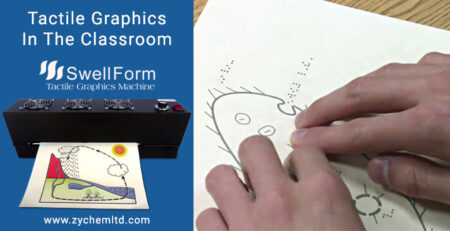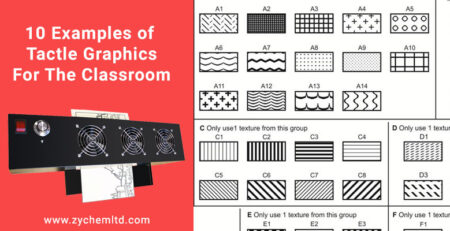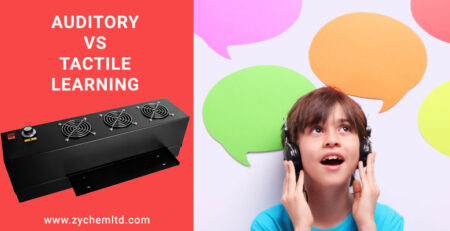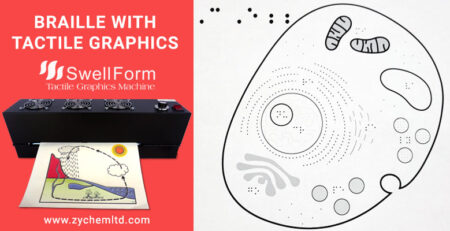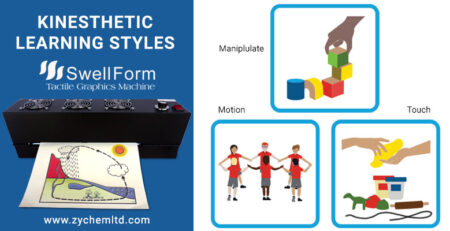What is Kinesthetic learning?
Kinesthetic learning is a learning style in which people learn through physical movement and hands-on activities. It involves using the body and senses to understand and retain new information. This type of learning is often associated with activities such as sports, dance and craft projects, as well as hands-on experiences such as lab experiments.
People who learn best kinesthetically tend to prefer hands-on, experiential activities and may struggle with traditional methods of learning that rely on reading and listening. They may benefit from activities such as role-playing, hands-on projects and physical demonstrations in order to fully understand and retain new information.
It is important to note that everyone has their own unique learning style and may benefit from a combination of different learning methods. It is also worth considering that different learning styles may be more or less effective for different subjects or tasks.
Tactile graphics are raised lines and elements on paper which can be felt with your fingers. Tactile graphics can support kinesthetic learning plans for both sighted and blind students. An example of using a tactile graphic in a lesson plan would be that of demonstrating what an obtuse angle is. When explained verbally or even seen, this concept can be confusing. When an object with an obtuse angle is generated as a tactile graphic, the student can feel and truly experience the concept in a new way. This greatly aids in their understanding of the concept in a physical way.
Tactile graphics for kinesthetic learning can be produced by using a Swell Form machine and Swell Touch paper (specialized paper for creating raised graphics). In addition the Tactile Library at https://tactilelibrary.com offers thousands of free, pre-made and downloadable graphics for teachers to easily build a tactile lesson plan with.


